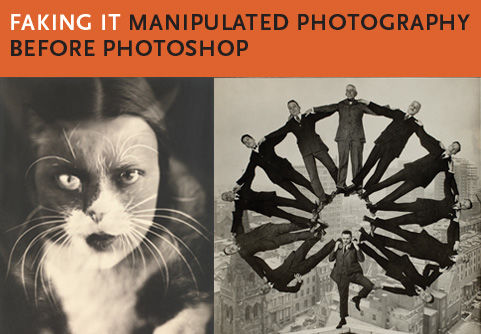Over the last few years I have scanned First World War photos, memorabilia and diaries for others. These are very special family items. Today I want to share my own personal ANZAC story.....
 |
| Auckland Public Library Collection |
 |
| Scanned print from family collection |
Like many New Zealanders I had family who went to Gallipoli as young men. My Grandfather returned, sadly his older brother Guy did not. I was prompted to start research into my Great Uncle's story by a trip my son took to Europe, where he saw Guy's grave at Gallipolli.
My family held papers showing the location of his grave and a photo which I digitized and restored. I found information from the Auckland Museum Cenotaph database and obtained his war records from Archives NZ. My Great Uncle served with the Auckland Mounted Rifles. I found another photo of Guy in the Auckland Public library photographic collection that was similar to our family one. As this photo was only partially identified, I was able to give the library his details.
More recently I uncovered additional family information including his First World War diary, which ends the day before his death (less than a month after his landing at Gallipoli) and a Scrapbook of condolence letters and telegrams sent to his family following his death.
I have digitized and produced facsimile copies of both the diary and the condolence book and photos. Digitization has enabled me to share these items within the family. Recently our family shared these at a commemorative service that was held at the local church my Great Uncle and his family belonged to. Following the service, descendants of the original letter writers were a able to view the letters in the scrapbook. These items have given our family some understanding of the devastating impact that this had on Guy's family back in NZ






